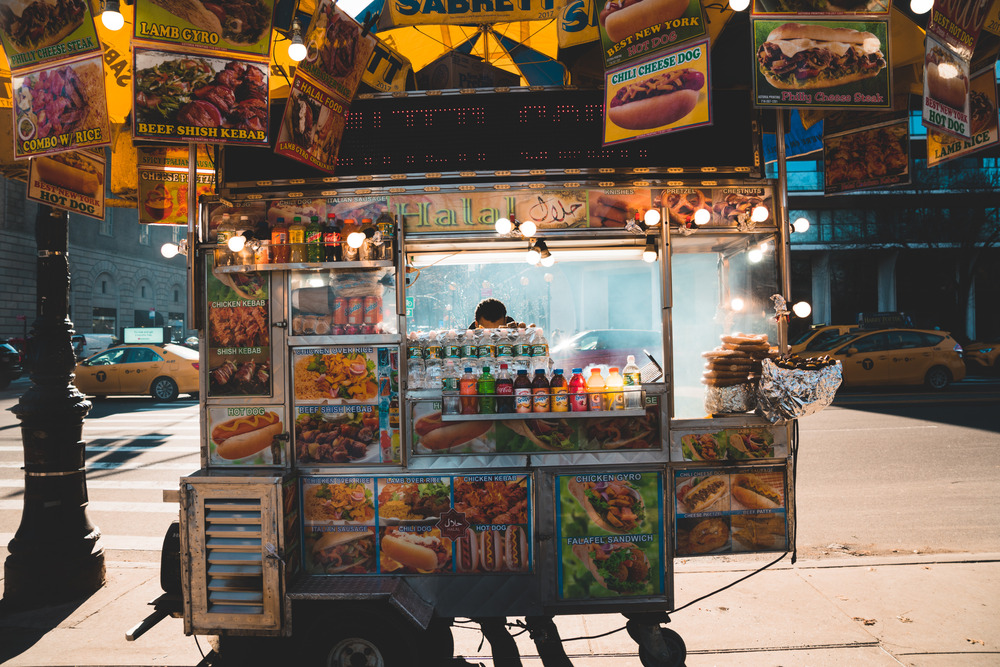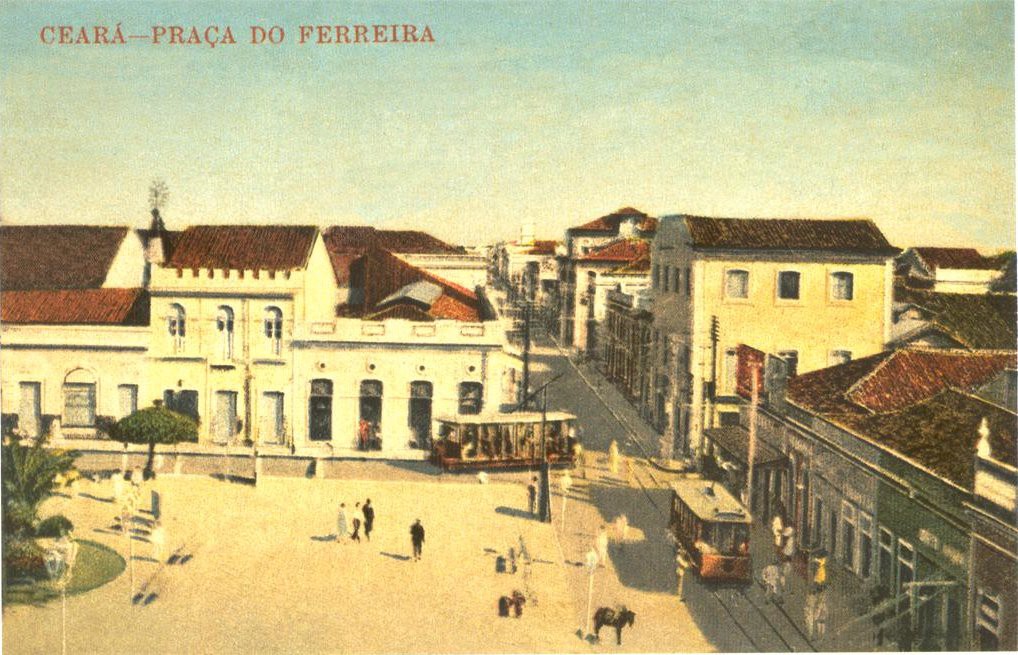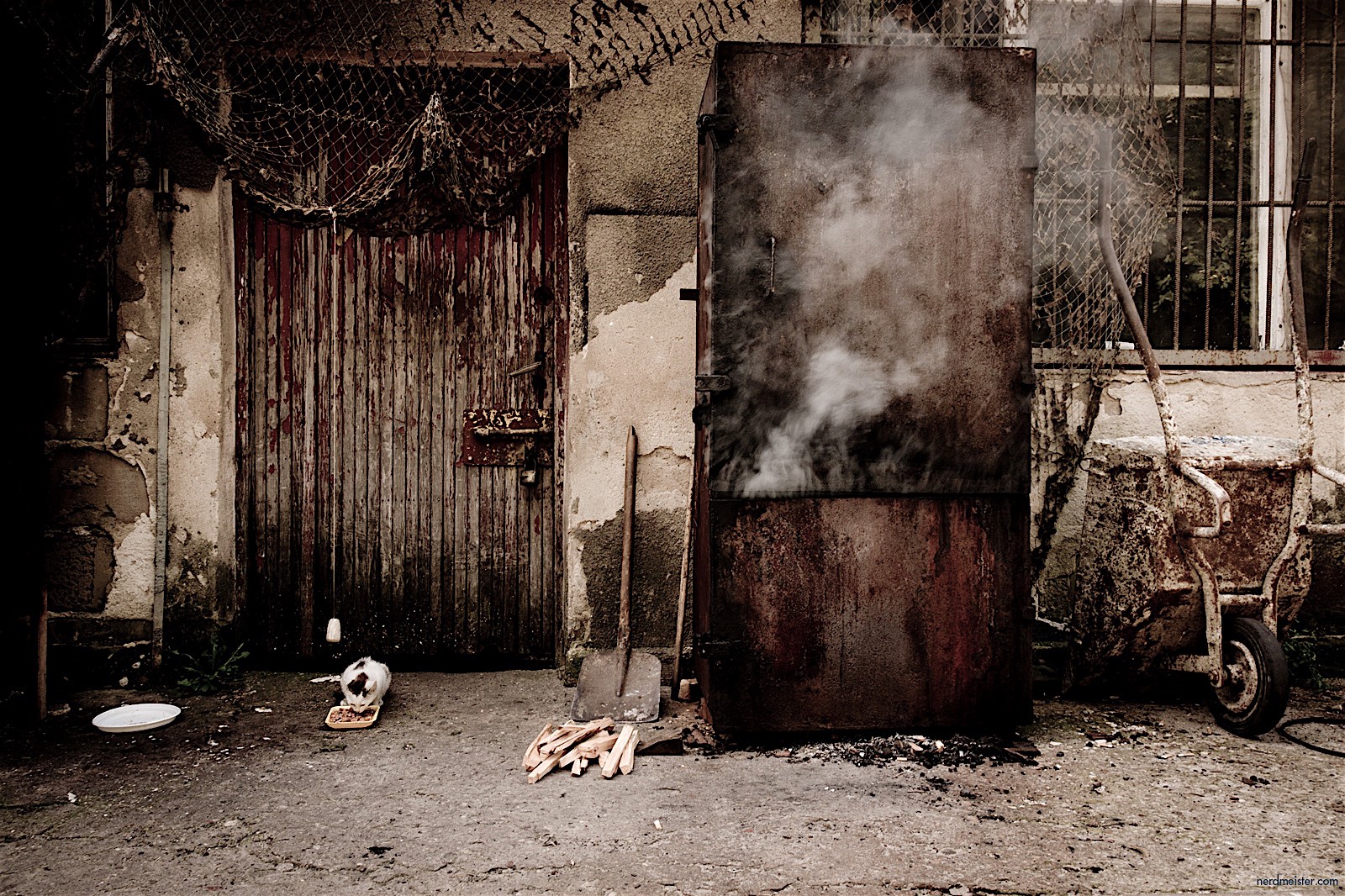Books & Culture
I Can’t Offer Up My Culture for Consumption
My novel, "The Girls in Queens", offers a different kind of food tour of the world's most diverse neighborhood

As I prepare for the paperback launch of my debut novel The Girls in Queens, I share with a group of writers and artists that I’m putting together a Book Club Kit. This has become a fairly common digital offering; a colorful PDF of brief insights from the author, a recipe or two related to the book, discussion questions, and even a playlist of music inspired by the novel that book clubs across the country can utilize. One of the artists I share this with suggests I create a food tour list of the best places to eat in Queens, “since that is what attracts so many people to Queens, anyway.”
“Yes. Yes,” I say, “that could be a great idea.”
But in fact, the idea gnaws at me over the next few weeks, burning a nervous hole through my organs to the solar plexus of my identity. Yes, for so many people Queens means food, and not just delicious, attraction-worthy food, but exotic food. Queens is the most diverse county in the entire world. Walking its alternatingly bustling and sprawling streets, one can hear over 160 languages spoken in the borough. Yet something prevents me from making a food tour; something about it feels urgently wrong to me, like a pot boiling on high, its glass lid fitfully threatening to crack. I don’t want to serve my home on a platter, the bones to be picked clean and forgotten about until it’s burped back up a bit later. My novel is titled The Girls in Queens, but I can’t offer up my culture to be consumed without context. After all, food might attract a certain segment of the population to Queens, but “the food” is certainly not what attracted our immigrant families to settle down here.
How can I explain that growing up in Queens, we didn’t go to dumpling houses in Flushing or on Queens Boulevard; that there had to be a special occasion to even agree to spend money at a restaurant. That empanadas were purchased under a tin-foiled heat lamp at the corner Colombian bakery, not argued over beneath a cartoon anthropomorphic empanada at late night take-out spots. How one of my earliest memories is in fact sitting beneath a stained-glass lamp inside an old Pizza Hut and eating a slice with green bell peppers on it—an exotic American delicacy to me. How one of the first times my mother brought me to eat a meal outside of our house that wasn’t a fast food restaurant, she brought me to the vaguely Greek, Georgia Diner for my fifth grade graduation, and that to be honest, she’s still not entirely comfortable ordering off a menu to this day.
As first and second-generation immigrants, often our connections to and experiences with restaurants were not from the side of the patrons. Our parents, our uncles, our aunts—so many worked in these restaurants in Queens and in Manhattan, or in relation to them. My mother worked close to minimum wage for a uniform store that sold garments and linens to restaurants for waitstaff to wear. Eating out for us meant bringing home greasy Chinese take-out from Hunan K, a pound of spicy chicken wings from Merit Kabab, or a McDonald’s Arch Deluxe to be consumed in front of the television while watching the T.G.I.F. lineup on ABC.
Often our connections to and experiences with restaurants were not from the side of the patrons.
How can I explain that in high school after class, $2 could get us 4 dumplings or an entire kebab meal from nondescript silver carts on the corner of Broadway and Elmhurst way before The Halal Guys started franchising and Yelp encouraged tourists to discover the ecstasy of white sauce? That this wasn’t just a frugal deal, but necessary.
How do I explain that yes, our neighborhoods were filled with families from Pakistan, Korea, Mexico, the Caribbean, Ecuador, Taiwan, and more. How I learned the best convenience stores to pick up $3 pre-packaged kimbap to bring home to my ninety-year-old Puerto Rican grandmother who could at least respect the rice, if not eventually come to nibble on the pickled daikon. How together, over hours of piecemealed conversations in various languages with fellow patients carrying Tupperware lunches in the waiting rooms at Elmhurst Hospital, we learned all the different ways Latin American countries interpreted the word arepa from our humble version of a dinner roll, to a gut-bomb of a Venezuelan sandwich?
How can I explain that we were more versed in the smorgasbord offerings of the bodega instead of the culinary odysseys of restaurants? The purple Wise bag of potato chips with its neon yellow haze; the sprinkled blue bag of pretzel nuggets, and all the different heat varieties of Cheetos. How we were taught to cobble together a meal out of a can of Vienna sausages and dusty bags of rice, a trick passed down from the island already colonized by the U.S. That there were Indian delis, Mexican delis, Korean delis, and Jewish delis that were, actually, a whole different thing.
The Queens of consumption, of Food Network specials and the New York Times Real Estate section, is not the Queens in my novel. Brisma and Kelly, the girls of The Girls in Queens, sneak Funyuns into Shea Stadium, split a package of Devil Dogs while cutting school, shoplift Sour Patch Kids and toss green Chiffles platanitos bags at leering men. As so many under-resourced families and neighborhoods are forced to, they made do with what they had. We made do with what we had. Sometimes that meant rice dishes from our homelands; sometimes that meant 25-cent bags of popcorn. Nowhere in that spectrum is a tour stop I’d want to curate for a quick bite on the way to Arthur Ashe stadium. The struggles of our families are not for voyeuristic entertainment—and neither is our sacred joy.
In the last several years, we have seen movements to include and uplift more voices from marginalized and underrepresented groups in the publishing industry, but there is still much more work to be done, especially in meeting our readership where they are. It is imperative, too, for us as authors to never lose sight of who it is we are writing for. I am grateful for the diverse makeup of the neighborhoods I grew up in, and the schools I went to, and know my community, which has influenced me deeply as a human and as a writer, is with whom I am in conversation. But as I find myself more often in the position of having to explain the beauty and joy of it to people who’ve never experienced it, as promoting this novel has compelled me to do, it feels more and more like fighting a losing battle, like the ways our parents and grandparents rhapsodize about their home countries, and the quiet, resigned heartbreak when met with blank, if not a little bit curious, stares from their own children who can’t see past all they think it lacked.
In Queens, diversity is not exposure therapy, but participation.
When we talk about diversity as a need to “be exposed to” other cultures, what we are doing is centering whiteness. In Queens, diversity is not exposure therapy, but participation. We participate in the rich diversity of immigrant cultures in Queens by eating in each other’s family homes, sharing food in the school cafeteria, at cookouts at Flushing Meadows-Corona Park, at Rye Playland. To be clear, this was and is a privilege and an intimacy. One cannot buy your way into community by simply eating a torta off a Roosevelt Avenue taco truck.
I welcome anyone from any type of background to read The Girls in Queens and trust that they will find some resonance for their own life. The book deals with sexual assault, and how women sometimes internalize the pain and rage of the experience against themselves—and against other women—and how that manifests in specific and unique ways in communities of color. It asks readers to reflect on the ways they’ve perpetuated rape culture and not put a foot down against toxic masculinity. It explores the complexity of female friendship under the weight of the patriarchy: all of its powerful and unspoken intimacy, its unbridled, infectious joy, and yes, even its heartache, bitterness, and competition. But I wrote this book for working class children of immigrants. And they already know the best dumpling spots.
While we may have been steeped in or pulled between the cultures of our families, we ultimately found our home, our roots, baked within the asphalt of New York City. For Brisma and Kelly, for me, and the friends I grew up with, Queens is our true patria, our home and our pride. Our reverence for the tajin-dusted mango bags under the 7 Train is akin to the way my mother’s eyes mist over when she talks about quenepas, or my father’s delight at biting into the flesh of a freshly-picked fig. I will never truly know these intimacies the way each of my parents did, but then—they would never be able to appreciate the intoxicating rubber scent of a box of blue handballs lining the bodega counter, the thrill of scoring an underage loosie at a magazine stand, the Pavlovian elation that hearing the coco-cherry-piña song of the icie lady elicits as she rings her bell through a concrete park.
No simple food tour can conjure all that. But maybe a book can.









